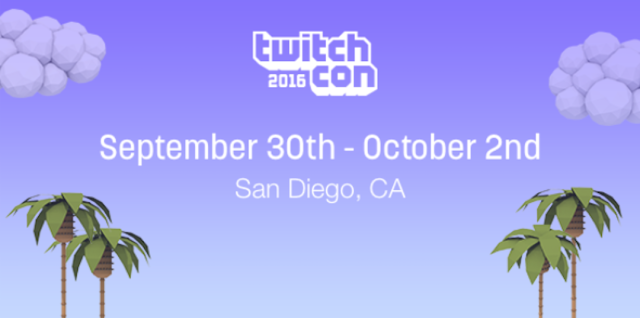The prospect of another solid growth year for the games industry is definitely positive, but that growth comes with plenty of challenges as the marketplace evolves. More than that, the increasing overlap between games and other entertainment media means overlapping challenges for marketers, and an ever-more-complex environment ahead. Let’s take a look at some of the challenges, and the strategies marketers might use in turning them into opportunities.
Virtual Reality (VR)
This is the year that VR hardware and software makes its way to the market, and by the end of the year we’ll see millions of units of high-end VR hardware in the hands of consumers – and millions more mobile VR units as well. This is a huge challenge for marketers of VR products, because unlike most new technologies VR is difficult to market with existing means. Marketers know the power of video in showing potential customers what a new product is like – but showing a VR experience through a video just doesn’t come anywhere close to giving the viewer an idea of what to expect. VR can be described or shown, but until you actually try out a unit you won’t really know what it’s like. Marketers, therefore, will have to find ways to bring a VR experience directly to consumers, and ideally in a way that millions of people can experience.
This may mean mall tours, traveling roadshows, appearances at consumer events like ComicCon or music festivals, in-store demos… we’re already seeing some of these methods being used. There’s no cut-and-dried solution yet, though, so marketers will have to get creative and deal with the complexity and cost of arranging personal VR experiences. On the plus side, when you do something creative with VR marketing you’re likely to get press coverage for it.
Another benefit to VR is that it can be used for creative marketing purposes, as Marriott has shown. There’s great power in VR, and the technology has a sexy lure that brings people in to check it out. Marketers for all kinds of brands are using VR as part of their plans, and the wider availability of VR hardware will make it even easier to tap this power. Even indirect use of VR can be powerful marketing – who wouldn’t be interested in a chance to win a VR headset, for instance?
Mobile Advertising
The entire subject of mobile advertising is vastly important to all kinds of products, as people increasingly spend more and more of their time on mobile devices. Yet, mobile advertising spend is still far lower than it should be based on time spent in that venue. It’s a continuing battle for marketers to get budget shifted into mobile from more traditional venues. At least you get plenty of data from mobile advertising, but so much data can be unwieldy to analyze, and you don’t necessarily get the precise kind of data you really want. Ad tech providers continue to change their features and tools, so marketers have to constantly be on top of what’s happening in the technology, and figure out how to apply it most effectively to their issues.
Added to those problems are the very basic issues of how and when ads should appear on mobile devices. Some games give you an option to go ad-free for a fee. Some only show ads for other games from the same publisher, some are in ad networks, some games let you earn in-game rewards for watching ad videos. It’s a complex environment, and this is an issue where marketers and game designers really have to work together to find the optimal solution for their particular audience.
We’re seeing some interesting innovation in this space, with companies like Zynga using specialized ad units to create integrated in-game advertising, with impressive results. It’s clear there’s enormous opportunity here, when for the typical free-to-play game more than 95 percent of all the users are not spending money on the game. Advertising is one obvious way to generate revenue from that vast audience – if you can figure out how to do it without losing them because you’re showing ads.
User-Controlled Marketing
One of the most important trends in marketing, not just for games but for all products and services, is the growth of user-controlled marketing. The brand, once in the iron grip of the marketer, has now escaped and is roaming freely among the users of a product or service. How is that possible? Through social media, streaming, YouTube, and other means of sharing information, users are creating and distributing messages every day that involve your brand – and often with far greater reach than any company can typically pay for. Minecraft is a perfect example, with billions of hours of Minecraft videos being watched every month. Those are billions of hours of brand impressions that were not created, vetted, or controlled in any way by Mojang (or its owner, Microsoft).
Losing control of your brand messaging in that fashion is a terrifying thought for some companies. Look at how Nintendo has tried to control YouTube videos and streaming involving Nintendo brands, for instance. All that’s done is reduce the amount of free impressions Nintendo gets, and other games have been the beneficiaries. Yet, one can understand Nintendo’s concerns. What if some YouTuber or streamer is doing something objectionable in connection with your brand? Or distorting it in some way that carries even more resonance than your branding message?
These are difficult issues for marketers to grapple with, but there’s no stopping the wave of social media and sharing. Marketers need to surf this wave or risk being pulled under by it. You have to be nimble, creative, and confident in your brand message. Working with influencers requires finesse and creativity, since ham-handed attempts to control influencers can easily backfire. That’s why utilizing services such as ION is very useful for marketers, tapping into expertise in dealing with influencers.
Marketing a brand has become bigger and more powerful than any one company. With the right brand that can engage and motivate users, brand messaging can reach amazing new heights and astounding reach. As social media extends its reach and its power, marketers will have to be ready, willing, and able to deal with this revolution in marketing. This will require paying close attention to new trends in technology and media, in marketing tech and ad tech and to the clever new techniques some marketers are employing. That’s part of what the [a]listdaily is trying to help with, so be sure to spread the word and stay tuned. Even better, tell us about the solutions you’re finding to deal with these issues – we’d love to bring that information to other marketers.
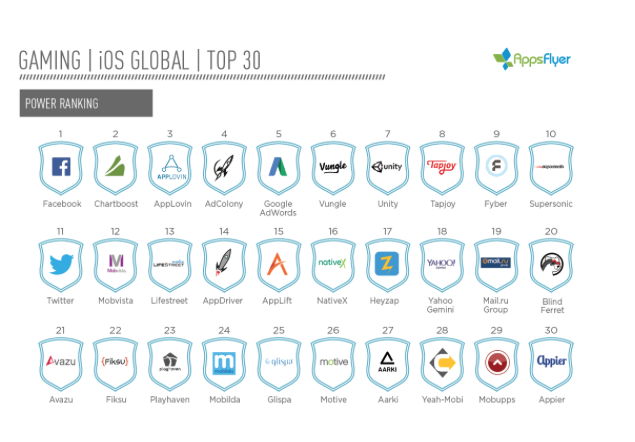 Video advertising is key for retention
Video advertising is key for retention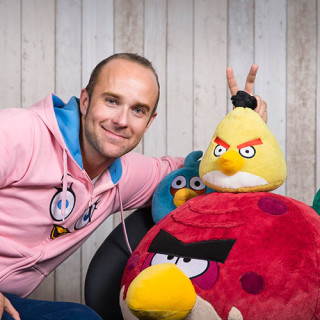 Wilhelm Taht, head of games at Rovio Entertainment, said at Casual Connect Amsterdam this week that the company wants to grow revenues significantly in 2016.
Wilhelm Taht, head of games at Rovio Entertainment, said at Casual Connect Amsterdam this week that the company wants to grow revenues significantly in 2016.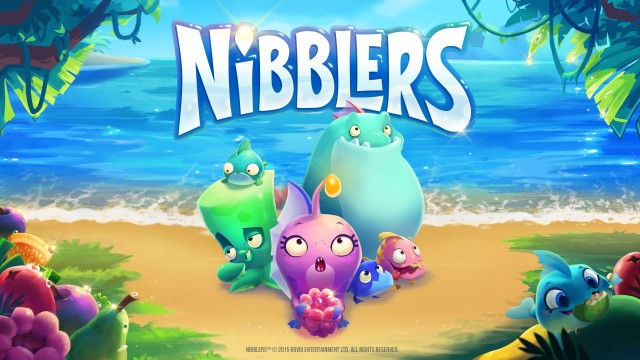
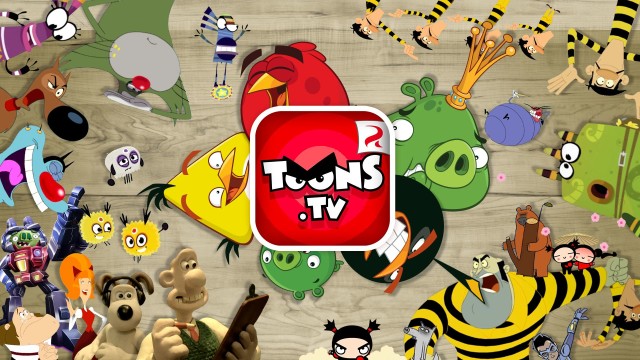
 Why is Casual Connect incorporating eSports into its panels?
Why is Casual Connect incorporating eSports into its panels?
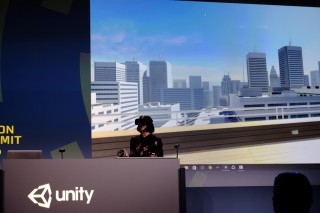

 What changes are the company looking to implement to make this year’s show bigger and better?
What changes are the company looking to implement to make this year’s show bigger and better?